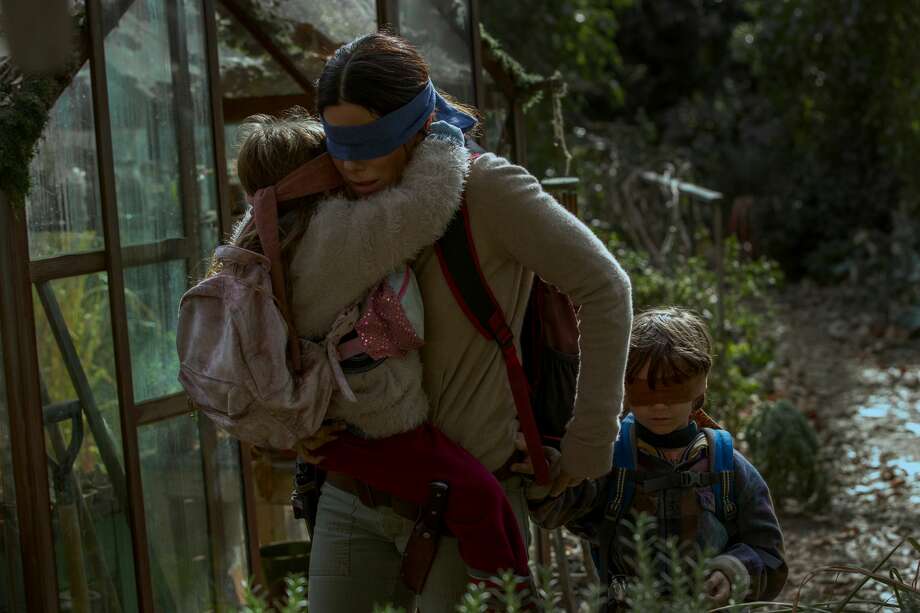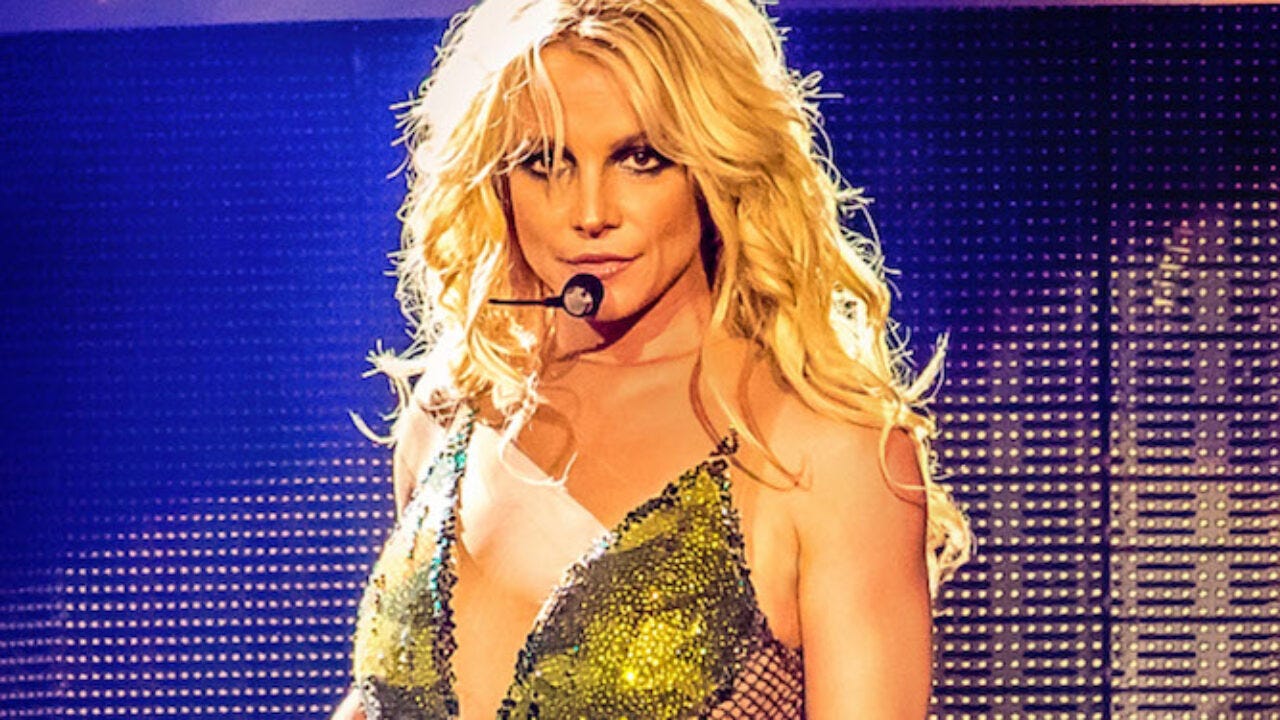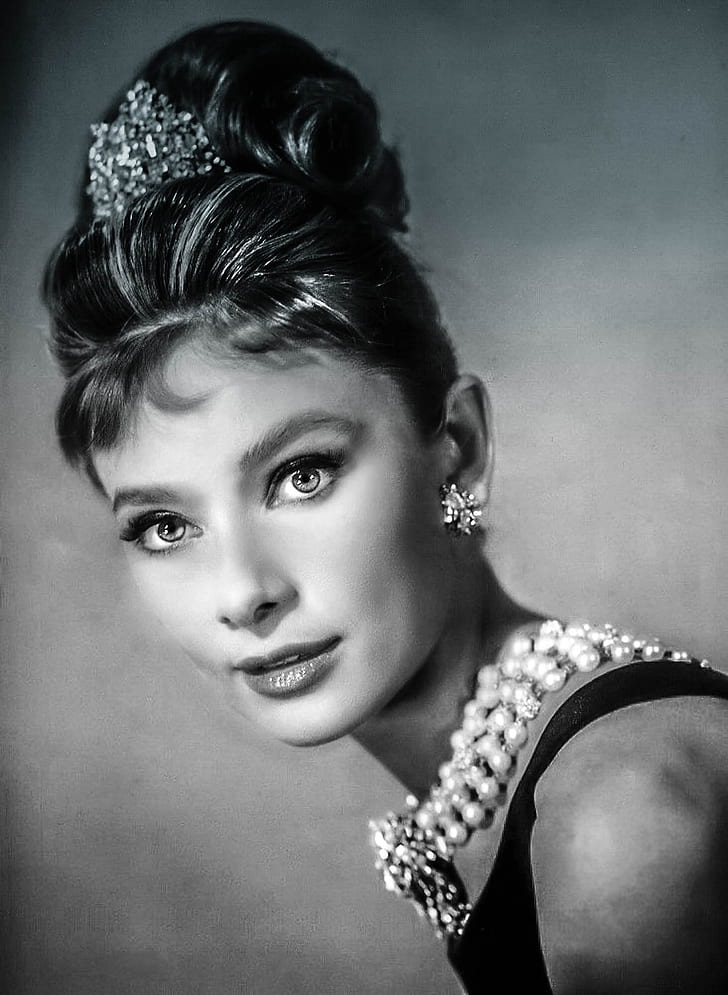
Audrey Kathleen Hepburn, a name synonymous with grace, elegance, and timeless allure, captivated the world as a film and fashion icon. Recognised by the American Film Institute as the third-greatest female screen legend from Classical Hollywood cinema, and a recipient of the rare EGOT status (winning competitive Academy, Emmy, Grammy, and Tony Awards), her public image was one of serene beauty and unwavering charm. Yet, beneath the polished exterior and the luminous smile, Hepburn carried a tapestry of hidden struggles and profound experiences that shaped her, leaving indelible marks on her soul throughout her life.
Her journey, from an aristocratic Belgian childhood to global stardom and later, fervent humanitarian work, was anything but linear or uncomplicated. While the world admired her cinematic triumphs in films like ‘Roman Holiday’ and ‘Breakfast at Tiffany’s,’ few understood the deep personal valleys she had traversed. These were not merely challenges overcome, but rather formative events that left lasting emotional and psychological imprints, influencing her choices, her empathy, and her quiet strength.
This article delves beyond the iconic imagery to explore the intricate layers of Audrey Hepburn’s life, revealing the deeply personal struggles she navigated with remarkable resilience and an unwavering spirit. From the earliest wounds of family upheaval to the harrowing realities of war and the crushing of childhood dreams, her story is a testament to the profound complexities that can reside within even the most celebrated figures.
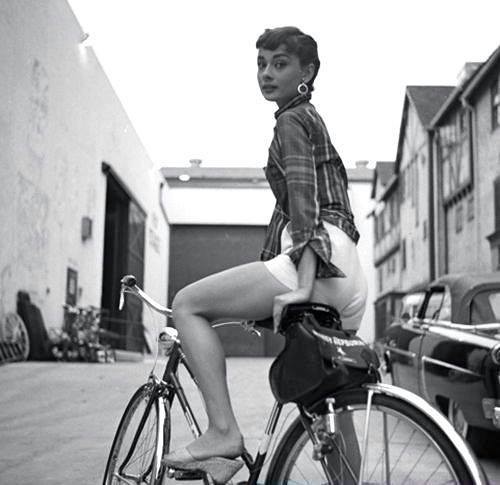
1. **The Profound Wound of Parental Abandonment**Born into an aristocratic family in Ixelles, Brussels, Audrey Hepburn’s early childhood, though initially sheltered and privileged, was irrevocably fractured by one of the most significant traumas of her young life: the abrupt departure of her father, Joseph Victor Anthony Ruston. In 1935, after what was described as a “scene” in Brussels, Joseph left the family, moving to London and becoming deeply involved in Fascist activity, never to visit Hepburn abroad again. This event, occurring when Audrey was just six years old, left a deep, enduring scar.
Hepburn herself frequently articulated the profound impact of this separation, often speaking of the effect on a child of being “dumped.” She unequivocally stated that Joseph’s departure was “the most traumatic event of my life,” a sentiment that speaks volumes about the depth of her emotional pain and the sense of loss she carried. Her parents officially divorced the following year, further cementing the finality of this early family rupture.
Despite the emotional detachment that persisted, Hepburn, with a remarkable capacity for forgiveness and a desire for connection, renewed contact with her father decades later in the 1960s. Locating him in Dublin through the Red Cross, she provided him with financial support until his death. This act of continued care, despite the profound emotional wound he had inflicted, highlights her inherent compassion, yet it also underscores the enduring presence of this early abandonment in her psyche, a wound that never fully healed but was perhaps managed through grace and understanding.
Read more about: 9 Mega-Stars Who Refuse to Talk About Their Families—The Shocking Reasons Why
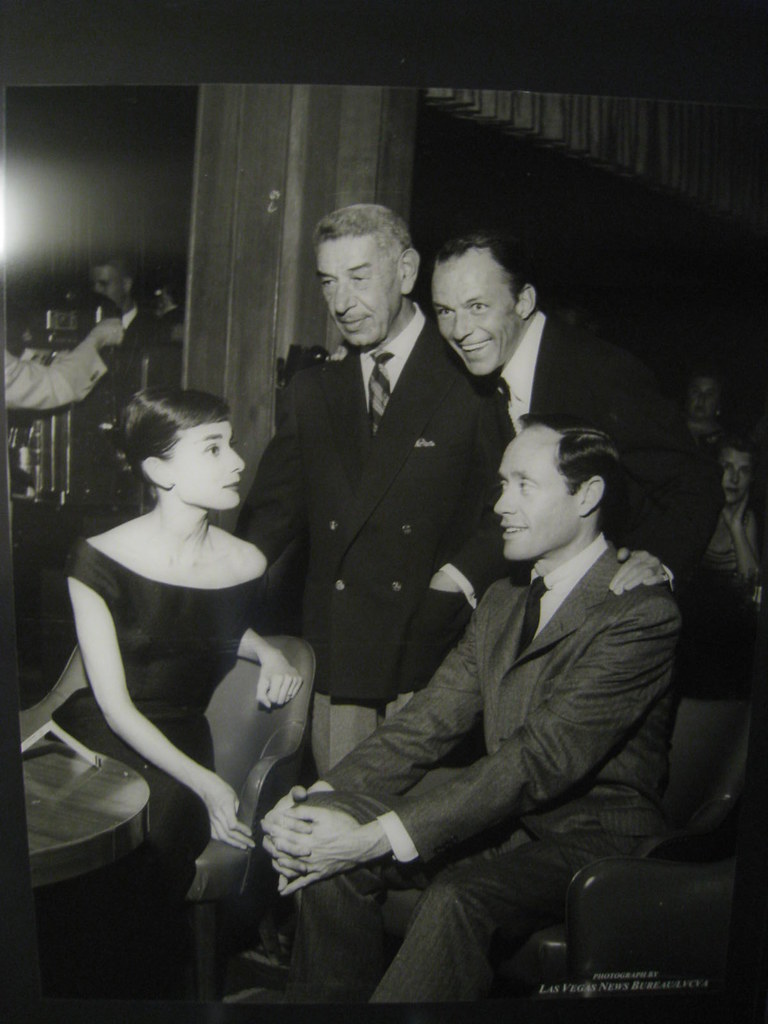
2. **Navigating a Shadowed Family Legacy**The complexities of Audrey Hepburn’s early family life extended beyond her parents’ divorce to a more troubling aspect: their unsettling involvement with the British Union of Fascists (BUF) in the mid-1930s. Both her mother, Baroness Ella van Heemstra, and her father, Joseph Ruston, were engaged in recruiting and collecting donations for the BUF. More disturbingly, her mother, Ella, even met Adolf Hitler and penned favourable articles about him for the organisation.
This facet of her family’s history, a stark contrast to the humanitarian icon Hepburn would become, must have presented a deeply challenging and perhaps unspoken struggle for her. While the context doesn’t detail Hepburn’s personal feelings about her parents’ political leanings, it’s impossible to imagine that such a controversial and morally reprehensible background would not have cast a long, uncomfortable shadow over her life and public image, particularly given her later experiences during the war.
The context explicitly notes that “These family events were the turning point in the attitude of Hepburn’s mother, who had flirted with Nazism up to this point.” This indicates a later shift in Ella’s perspective, likely catalyzed by the brutal realities of the German occupation and the direct suffering it inflicted upon her own family. For Audrey, reconciling the memory of a mother who once admired Hitler with the woman who later endured and resisted Nazi tyranny would have been a complex internal journey, a hidden struggle of identity and legacy.
Read more about: 14 Totally Underrated ’80s Actors Who Deserved Way More Shine!
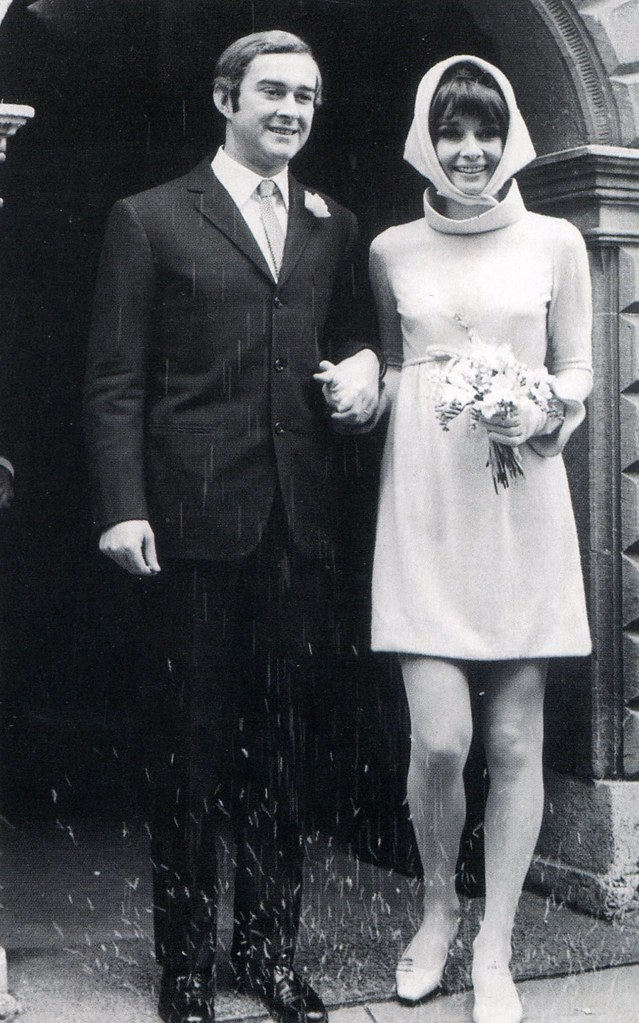
3. **The Deep Scars of War and Occupation**Audrey Hepburn’s experiences during World War II were nothing short of harrowing, leaving deep and indelible scars that profoundly shaped her character and later humanitarian convictions. After Britain declared war on Germany in September 1939, her mother moved them back to Arnhem, hoping the Netherlands would remain neutral. This hope was tragically dashed when the Germans invaded in 1940, plunging Hepburn into five years of brutal occupation.
Life under German rule was marked by constant fear and deprivation. Hepburn adopted the name Edda van Heemstra, as an “English-sounding” name was considered dangerous. Her family endured immense suffering: her uncle, Otto van Limburg Stirum, was executed in retaliation for a resistance act due to his family’s prominence; her half-brother Ian was deported to a German labour camp; and her other half-brother Alex went into hiding. These personal losses and threats underscore the direct impact of the conflict on her immediate family.
Hepburn herself witnessed unimaginable horrors, stating, “We saw young men put against the wall and shot, and they’d close the street and then open it, and you could pass by again… Don’t discount anything awful you hear or read about the Nazis. It’s worse than you could ever imagine.” She also bore witness to the systematic persecution of Jews, recalling, “more than once I was at the station seeing trainloads of Jews being transported, seeing all these faces over the top of the wagon. I remember, very sharply, one little boy standing with his parents on the platform, very pale, very blond, wearing a coat that was much too big for him, and he stepped on the train. I was a child observing a child.” Such experiences, imprinted on a young girl’s mind, would undoubtedly contribute to a lifelong struggle with trauma and a profound sense of injustice.
Amidst the terror, Hepburn found ways to contribute to the Dutch resistance effort, giving “underground concerts” to raise money, delivering the underground newspaper, and taking messages and food to downed Allied flyers. She also volunteered at a hospital that was a center of resistance activities and, according to her, her family temporarily hid a British paratrooper. These acts of courage, performed under extreme duress, speak to her resilience but also the immense psychological burden of living in constant danger, knowing that discovery could mean death or severe punishment for herself and her family. The “man-made tragedies” she later spoke of in her humanitarian work were rooted in her own lived experience.
Read more about: Beyond the Huckleberry: The Untold Saga of Doc Holliday, the West’s Most Enigmatic Figure

4. **The Shattered Dream of Becoming a Prima Ballerina**Long before she graced the silver screen, Audrey Hepburn harbored a deep passion for ballet, a dream she pursued with unwavering dedication from a young age. She attended the Arnhem Conservatory during the war and later, after the war ended in 1945, moved to Amsterdam to train under leading figures like Sonia Gaskell and Russian teacher Olga Tarasova. Her commitment was so profound that she even received a ballet scholarship with Ballet Rambert in London, a significant achievement.
However, this cherished dream was ultimately shattered by the harsh realities of her physical condition, a direct consequence of the wartime privations. While at Ballet Rambert, Hepburn was informed that, despite her talent, her “height and weak constitution (the after-effect of wartime malnutrition)” would render the status of prima ballerina unattainable. This devastating news forced her to abandon a lifelong ambition, redirecting her focus towards acting, a path she took not necessarily out of first choice, but out of necessity.
The emotional weight of having a dream, meticulously nurtured through years of disciplined practice, taken away due to circumstances beyond her control – specifically, the lingering physical effects of starvation during the Dutch famine – must have been a profound, quiet struggle. To be told that her own body, weakened by the trauma of war, was the barrier to her deepest artistic aspiration is a heartbreaking testament to the lasting costs of her childhood experiences. It highlights a narrative of sacrifice and adaptation, where one path closed, forcing her to forge another, albeit with lingering wistfulness for what might have been.
Read more about: The 7 Scariest Horror Movies of the 1970s That Still Own a Piece of Our Souls
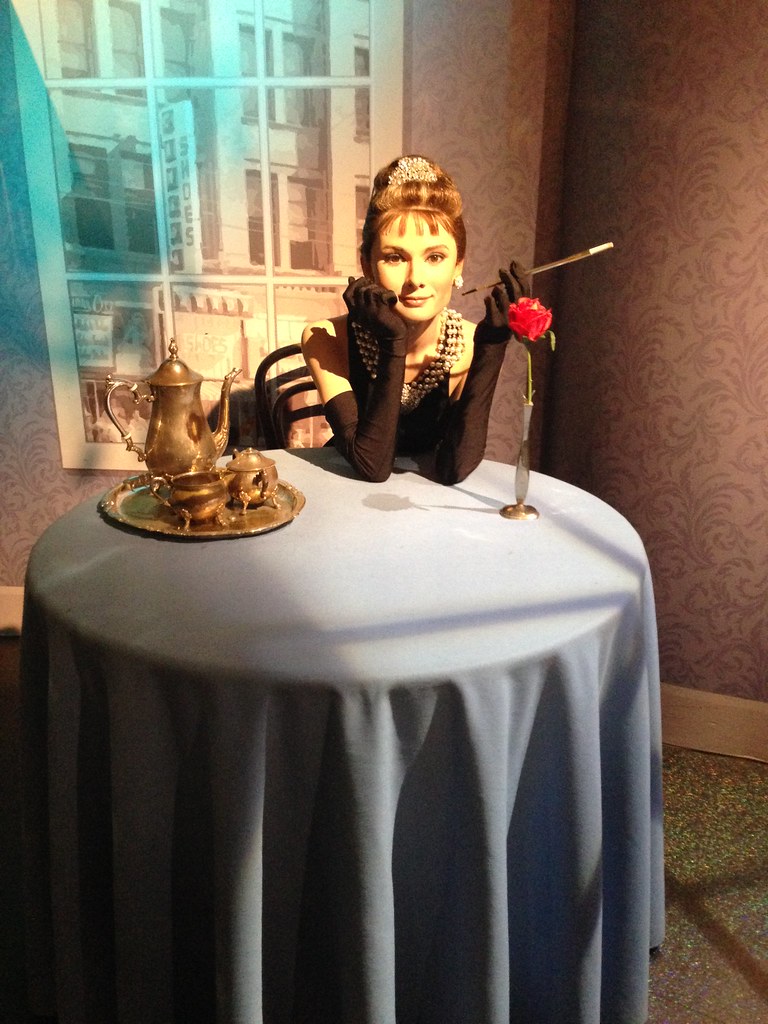
5. **The Silent Battle of an Introvert in Hollywood’s Glare**Despite her effortless grace and captivating screen presence, Audrey Hepburn often described herself as an introvert, a personal trait that undoubtedly led to a lifelong, hidden struggle in the hyper-extroverted world of Hollywood and global celebrity. Her public persona, admired for its poise and glamour, often masked an internal shyness and a preference for quietude, creating a constant tension between her true nature and the demands of her profession.
This internal conflict was perhaps most famously exemplified by her role as Holly Golightly in ‘Breakfast at Tiffany’s’. While the character became one of the most iconic in American cinema and a defining role for Hepburn, she herself found it challenging. Hepburn stated that the role was “the jazziest of my career” yet candidly admitted, “I’m an introvert. Playing the extroverted girl was the hardest thing I ever did.” This revealing statement offers a rare glimpse into the personal effort and emotional energy she expended to embody roles that were fundamentally at odds with her innate disposition.
Navigating film sets, premieres, interviews, and the constant public scrutiny would have been an ongoing ordeal for someone who found extroverted performance to be “the hardest thing.” Her ability to project such charm and confidence on screen, while internally wrestling with her introversion, speaks to her extraordinary discipline and commitment to her craft. Yet, this constant outward performance, requiring her to step far outside her comfort zone, undoubtedly contributed to a quiet, enduring struggle to maintain her authentic self amidst the dazzling, demanding glare of superstardom, a poignant testament to the hidden strength she summoned daily.
Read more about: Beyond Stifler’s Wild Antics: The Poignant Real-Life Odyssey of Seann William Scott
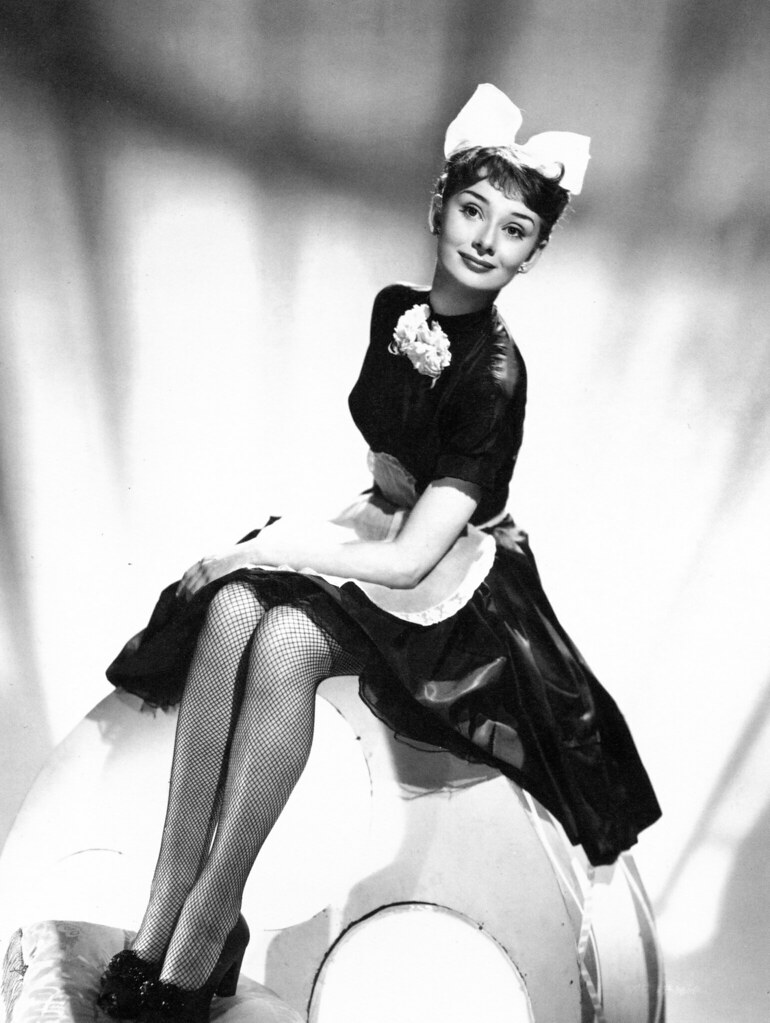
6. **The Enduring Physical Echoes of Wartime Malnutrition**While the crushing of her ballet dreams was a direct and heartbreaking consequence of wartime malnutrition, the physical toll on Audrey Hepburn extended far beyond a single ambition. Her experiences during the Dutch famine of 1944–45 were brutal, forcing her family, like many others, to resort to desperate measures such as making flour from tulip bulbs. This extreme deprivation, coupled with the constant stress of living under occupation, left her gravely ill when the war finally ended. She suffered from jaundice, anaemia, oedema, and a respiratory infection, conditions that required urgent intervention, including penicillin procured through the black market.
These severe health issues in her formative years were not merely transient ailments; they cast a long shadow over her delicate constitution throughout her life. The context notes her ‘weak constitution’ as a direct ‘after-effect of wartime malnutrition,’ which persisted and likely influenced her general health and energy levels in adulthood. While her grace and slender frame became iconic, it was a physique forged in hardship, a constant, unspoken reminder of the suffering she endured as a child.
This physical vulnerability, deeply rooted in trauma, meant that even as she ascended to global stardom, Hepburn carried a hidden struggle. The demands of a grueling film career, with long hours and constant travel, would have undoubtedly placed additional strain on a body already compromised by her early experiences. It speaks to her extraordinary resilience that she not only survived these early physical challenges but thrived, albeit with the enduring echoes of those devastating years subtly shaping her physical being and influencing her approach to life.
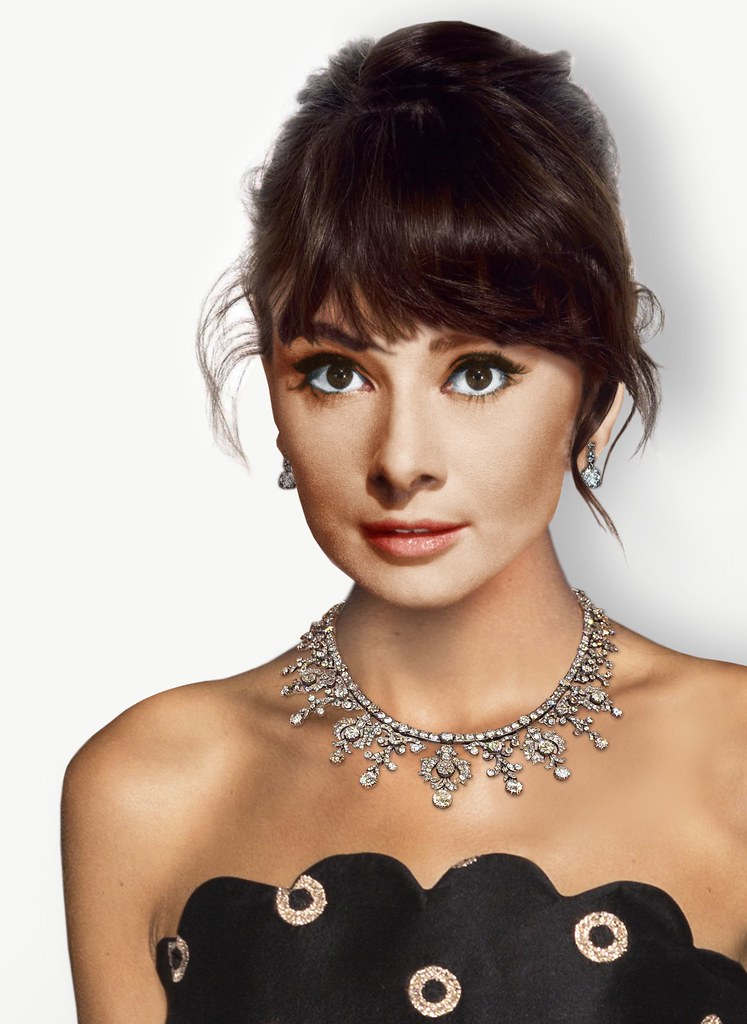
7. **Professional Pressures and Emotional Strains of an Iconic Career**Audrey Hepburn’s serene on-screen presence often belied the significant professional pressures and emotional strains that accompanied her iconic career. Beyond the inherent challenge of her introverted nature in an extroverted profession, which she so candidly expressed regarding Holly Golightly, many of her film projects presented unique difficulties that tested her resolve and emotional stamina. Her commitment to her craft was unwavering, but the journey was rarely smooth.
Consider the production of ‘Paris When It Sizzles’ (1964), where Hepburn reunited with co-star William Holden. The set was rife with complications, including Holden’s unsuccessful attempts to rekindle a past romance with the now-married Hepburn, compounded by his increasing struggle with alcoholism. Furthermore, Hepburn herself, displaying a strong professional will, demanded the dismissal of cinematographer Claude Renoir after deeming his dailies unflattering. Such incidents reveal the intense environment she navigated, requiring not just artistic talent but also considerable emotional fortitude and a clear sense of artistic vision to overcome on-set challenges.
Another telling example is her casting as Eliza Doolittle in ‘My Fair Lady’ (1964). While the role became one of her most celebrated, it was initially a source of considerable dispute. Julie Andrews, who originated the role on stage, was passed over for Hepburn, who was deemed a more ‘bankable’ star. Though Hepburn herself advocated for Andrews, she eventually took the role. The subsequent decision to dub her singing voice, despite her extensive vocal preparation, deeply upset her, leading her to walk off the set. This episode highlights the immense pressure to deliver a ‘perfect’ performance for a major studio, even when it meant sacrificing her own vocal contribution, underscoring the delicate balance between artistic integrity and commercial viability she constantly faced.
Perhaps one of the most emotionally taxing roles was in the suspense thriller ‘Wait Until Dark’ (1967), where she portrayed a terrorized blind woman. This film was shot at a particularly vulnerable time in her personal life, on the very brink of her divorce from Mel Ferrer, who was also the film’s producer. The intense stress of this period, coupled with the demands of the role, caused her to lose 15 pounds. Despite the personal turmoil, Hepburn channeled her vulnerability into a critically acclaimed performance, demonstrating her extraordinary capacity to transform personal adversity into powerful artistry. Her ability to find ‘solace in co-star Richard Crenna and director Terence Young’ during such a difficult time further illustrates the intricate web of professional and personal strains she managed throughout her career.
Read more about: Beyond the Limelight: Deconstructing Why Child Stars Often Struggle to Thrive as Adults
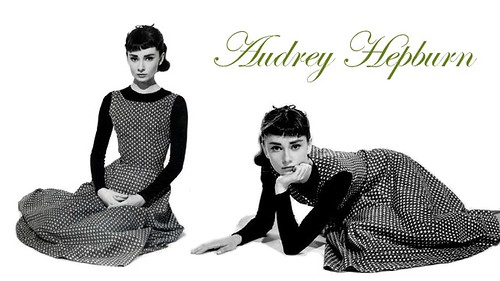
8. **Personal Heartbreaks and Complexities of Her Relationships**Audrey Hepburn’s life, despite its outward glamour, was marked by significant personal heartbreaks and complexities in her relationships, perhaps echoing the profound wound of her father’s abandonment. Her early engagement to industrialist James Hanson, whom she described as ‘love at first sight,’ ultimately dissolved not out of a lack of affection, but due to the overwhelming demands of their respective careers. Her poignant statement, ‘When I get married, I want to be really married,’ speaks volumes about her deep longing for a stable, committed partnership, a wish that often conflicted with the realities of her celebrity life.
Her marriage to actor Mel Ferrer, which began in 1954, was a significant chapter, producing their son, Sean. They collaborated professionally on films like ‘War and Peace’ and the Broadway play ‘Ondine,’ where their relationship first blossomed. However, as the years passed, the complexities grew, culminating in their divorce. The timing of ‘Wait Until Dark’ being filmed ‘on the brink of her divorce’ from Ferrer, who was producing it, paints a vivid picture of the intense emotional strain she endured, navigating professional obligations while her most intimate relationship crumbled.
Even relationships that didn’t lead to marriage carried their own nuances. During the filming of ‘Paris When It Sizzles,’ William Holden, with whom she had previously starred in ‘Sabrina,’ unsuccessfully attempted to rekindle a romance with her. This highlights the emotional landscape of Hollywood, where past connections and personal histories often intertwined with professional collaborations, adding layers of complexity to her interactions and personal life. Despite her commitment to being ‘really married,’ the constant pull and demands of her profession and the public eye inevitably created challenges for her personal relationships.
In her later years, her partnership with Robert Wolders brought a new sense of companionship and stability. Yet, the path to finding lasting personal peace was long and winding, characterized by a series of engagements, marriages, and separations. These experiences underscore a lifelong quest for genuine connection and a harmonious private life, a silent battle waged amidst the public adoration, deeply influenced by her early life experiences and her enduring desire for familial completeness.
Read more about: Halle Berry at 58: Decoding the Bold Career Moves and Enduring Influence of a Hollywood Icon
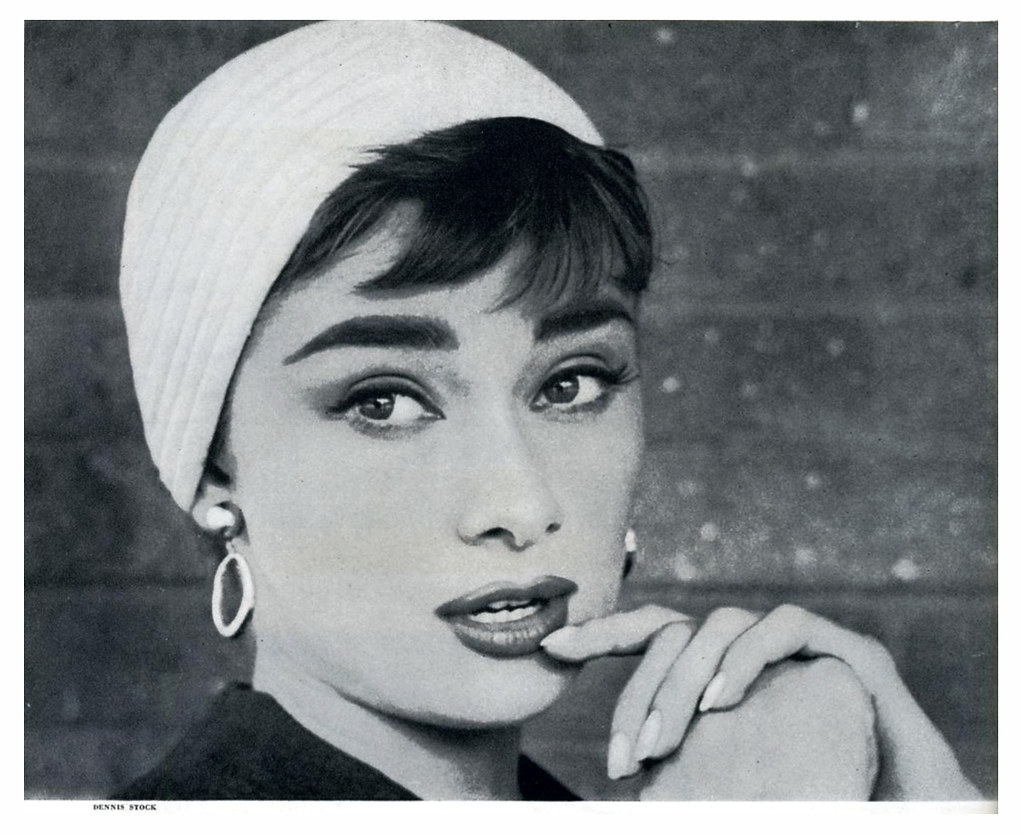
9. **The Immense Emotional Toll and Profound Empathy from Humanitarian Work**Towards the end of her life, Audrey Hepburn dedicated herself wholeheartedly to UNICEF, transforming her personal history of wartime suffering into a powerful force for good. Her decision to become a Goodwill Ambassador in 1989 was deeply personal; she expressed gratitude for the international aid she received as a child during the German occupation and a profound desire to reciprocate. This intimate connection to the plight of children in crisis gave her humanitarian work an unparalleled depth and urgency.
Her field missions to some of the world’s poorest communities were not merely appearances but deeply immersive experiences that took an immense emotional toll. In Ethiopia in 1988, she witnessed widespread starvation, leading her to exclaim, “I have a broken heart. I feel desperate. I can’t stand the idea that two million people are in imminent danger of starving to death… Horrible. That image is too much for me.” These raw expressions of pain and helplessness underscore the profound impact of seeing suffering firsthand, which reignited the trauma of her own childhood privations.
Her experiences also instilled in her a clear understanding of the root causes of suffering. In Sudan in 1989, amidst a civil war that had cut off food supplies, she stated, “I saw but one glaring truth: These are not natural disasters but man-made tragedies for which there is only one man-made solution – peace.” This demonstrates not just empathy, but also an intellectual grasp of systemic injustice, drawing a direct line from her own wartime observations of ‘man-made tragedies’ to the global conflicts she encountered.
Hepburn’s physical interactions with the children she met revealed her boundless compassion. A UN photographer noted in Bangladesh in 1989 that, “Often the kids would have flies all over them, but she would just go hug them. I had never seen that. Other people had a certain amount of hesitation, but she would just grab them. Children would just come up to hold her hand, touch her – she was like the Pied Piper.” This immediate, fearless connection, born from a shared understanding of vulnerability, made her a beacon of hope, yet also exposed her to the rawest forms of human suffering.
Her final mission to Somalia in 1992, just months before her death, was perhaps the most devastating. She described it as “apocalyptic” and admitted, “I walked into a nightmare. I have seen famine in Ethiopia and Bangladesh, but I have seen nothing like this – so much worse than I could possibly have imagined. I wasn’t prepared for this.” Despite the overwhelming despair, Hepburn maintained hope, articulating a vision for a future where ‘the promises of yesterday’ would be fulfilled and children would no longer suffer. Her humanitarian work was a final, powerful testament to her unwavering spirit, transforming her private struggles into a universal embrace of humanity’s most vulnerable.
Read more about: From ‘Dirt Poor’ to Diamond Rings: 14 Celebs Who Proved Hard Work (Not Nepotism) Paved Their Way to Stardom
Audrey Hepburn, the icon of grace and elegance, was undeniably a woman of profound strength, forged in the crucible of early trauma and lifelong challenges. From the deep wound of abandonment to the harrowing scars of war, the shattering of childhood dreams, and the quiet battle of her introverted nature in the glaring spotlight, her life was a testament to resilience. Her later years, dedicated to alleviating the suffering of children worldwide, revealed the culmination of her empathetic spirit, born from her own experiences. It is in understanding these hidden struggles that we truly grasp the depth of her character and the enduring legacy of a woman who, despite everything, chose compassion, hope, and an unwavering commitment to making the world a better place.”}


